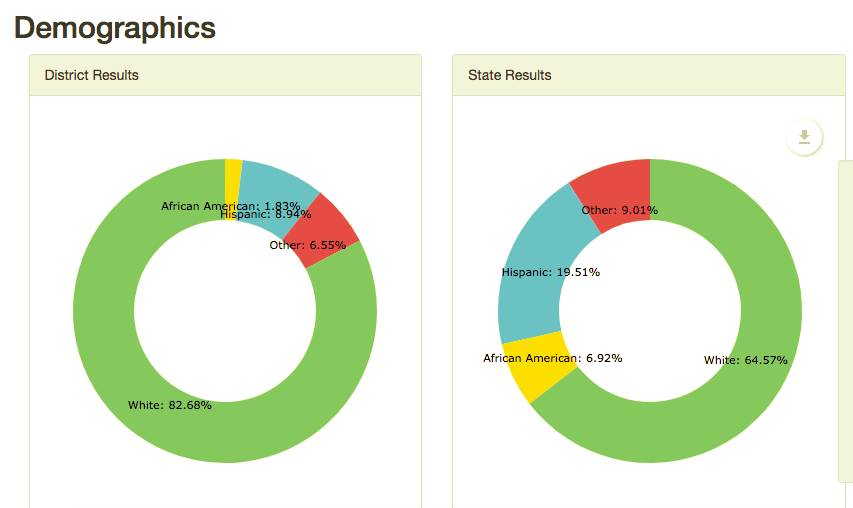By CRISTINA JANNEY
Hays Post
The Hays USD 489 Board of Education took a look at a demographics report from the state during its meeting Monday night.
The report, which is a part of the state’s Kansans Can Kansas Report Card, showed the district is less diverse compared to state averages.
The state of Kansas has created new accreditation goals for all school districts in the state. These include kindergarten readiness, social and emotional growth, postsecondary success, increased graduation rates, individual plans of study and civic engagement. These standards are being implemented for the first time this year.
Assistant Superintendent Shanna Dinkel said the district can use the demographic data to create programs to better assist at-risk students.
“We want to make sure we are showing growth with all student populations,” she said in an interview Tuesday.
The Legislature dedicated more funds to at-risk programs for the 2017-18 school year. In its rulings on state funding of education, tThe Kansas Supreme Court noted low achievement among many students in the state is evidence school funding still needs to be increased and the state funding formula needs to be changed.
In 2017, 82.7 percent of the district’s students were white. This compares to a statewide average of 64.57 percent. The state average reflects a much larger percentage of Hispanic students. In Hays in 2017, 8.9 percent of the student population was Hispanic, but the statewide makeup was more than 19 percent.
In 2017, African-American students made up almost 9 percent of the state’s student population, but only 1.8 percent in USD 489.
Over five years, the district’s racial makeup has remained fairly steady.
Although Hays is not as diverse as other districts in the state, Dinkel said the district tries to honor diversity by teaching students to respect each other.
“Respecting one another and building character traits are things we try to develop in all students,” she said. “It probably helps to see everyone equally. We do not see (a lack of diversity) as a deficit. We use community resources, FHSU and the Hays Arts Council to pose a variety of experiences so our students can gain some diverse experiences.”
The district also has about 3 percent fewer English-language learners compared to state averages.
The percent of migrant students in the district is fairly low compared to its overall population, only 2.54 percent, but it is higher than 1.88 percent state average.
Dinkel said the higher migrant population might be reflective of prevalence of agriculture in the region. Migrants students are those students whose parents have moved in the last 36 months to take agriculture jobs.
The district receives federal funds for a migrant student program. The program has a liaison who conducts visits with students and parents to make sure the students are on course with math and reading and are on track to graduate.
“Moving creates obstacles, and migrant dollars can be used to help that,” Dinkel said. “We try to reduce the education disruption and other problems that could be caused by moving.”
The district also has fewer students who are classified as economically disadvantaged compared to state averages. In Hays, the five-year average is 40.98 percent, and the state average is 48.30 percent.
The district has a higher percentage of students with disabilities compared to the state average. Hays rate has ranged from 14 percent to 17 percent during the last five years, with the rate being 17.42 percent last year. The state five-year average is 14.42 percent.
The district is the host agency for the Hays West Central Kansas Special Education Cooperative. Dinkel said the quality of the district’s programs likely has led to parents bringing their students to the USD 489 school district.
Having more disabled students is not a challenge, Dinkel said. However, she said having enough resources to provide quality programs for all students is.


